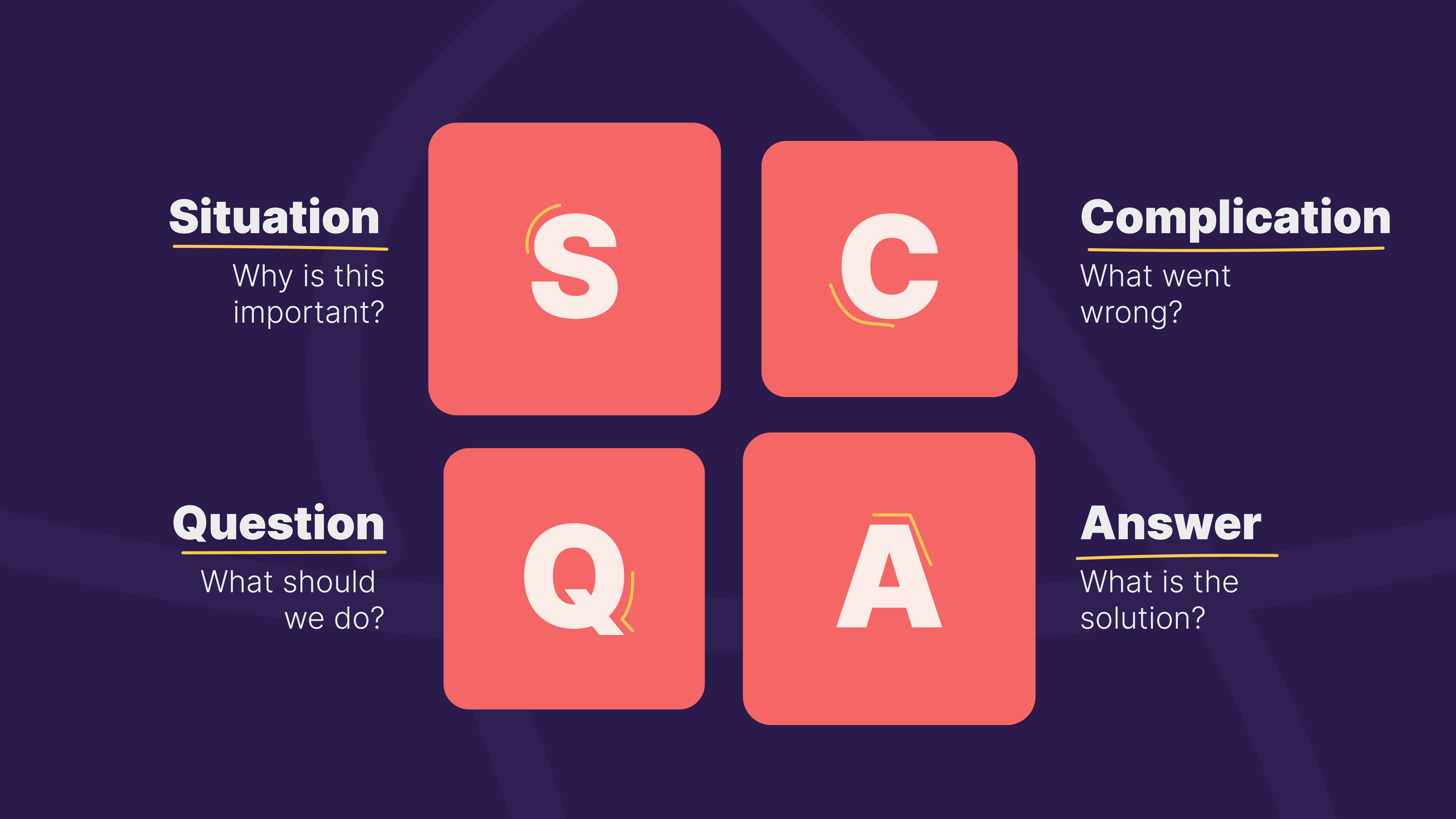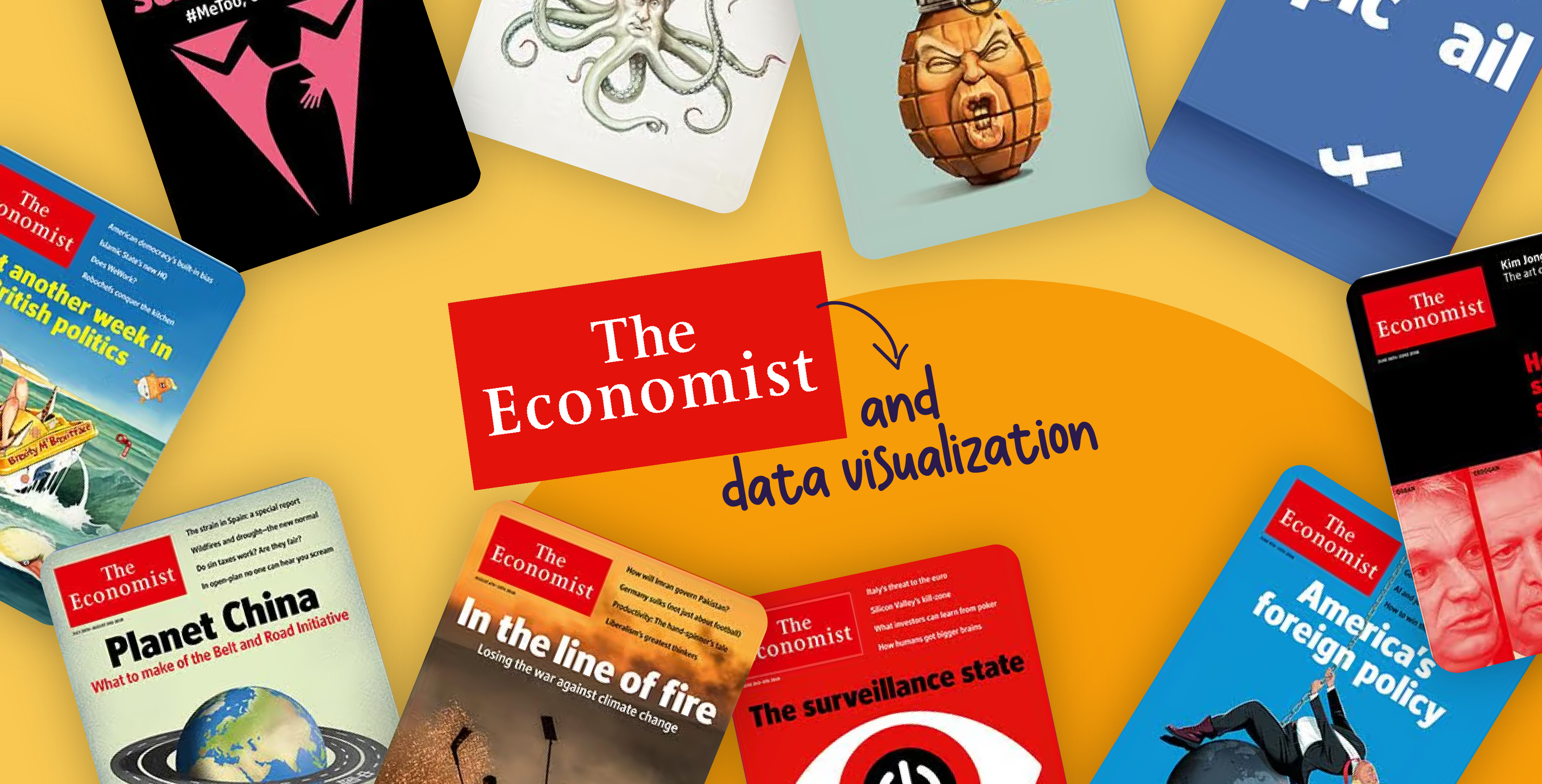15 July 2024
What makes McKinsey presentations so compelling and persuasive? Beyond mere narration, storytelling is an art, and it’s an art that McKinsey presentations have mastered thanks to their genius framework. Through McKinsey’s storytelling approach, we will understand how to weave complex information into persuasive stories to resonate with audiences.
Why Stories? The Power of Narrative in Presentations:
Within professional communication, storytelling allows presenters to forge meaningful connections and lasting influence. Aside from tale-telling, storytelling is a strategic form of communication that, when used well, can amplify the impact of your message. Stories craft a compelling journey for the audience to follow, one that conveys information while also inspiring action and driving change. Leveraging narratives can ensure that your message is not only heard but also felt and remembered.
Mastering the McKinsey Storytelling Approach:
The McKinsey approach to storytelling requires rethinking your professional communications for the best. This renowned method emphasizes clarity and precision, offering a structured framework for creating compelling narratives out of complex information. Through the McKinsey approach of the SCQA method, you can transform your messaging into persuasive stories that accurately outline the problems and solutions in a way that is engaging for an audience.
The SCQA Framework:
Using tried-and-true storytelling frameworks can help you follow a structured path to creating effective narratives. The foundational framework embraced by McKinsey’s consultants is the SCQA framework. This method, which stands for Situation, Complication, Question, and Answer, is a cornerstone for constructing a story that resonates. Each step plays a role in breaking down and outlining the problem at hand and turning them into persuasive journeys that compel the audience.
The Situation
In the initial phases of the SCQA framework, you need to set the scene to provide them with the necessary context. The “situation” offers a detailed background on the current scenario you are dealing with; for example, it can outline the business landscape and market dynamics. This helps ground the audience in the reality of the circumstances but also highlights the importance of the matter.
The Complication
The “complication” is where “the plot thickens.” This is where you bring attention to the challenge or hurdle you are facing in your situation. Here, you pinpoint the issues and obstacles and offer a clear exposition of what went wrong and its effects on the project. It is about stating the problem but also making clear what the impact has been. Being detailed and explicit here helps emphasize the need for a resolution and engages the audience further in the narrative.
The Question
Even though the “question” is a section within this framework, it is actually often an implied question. It steers the narrative towards the key issues or decisions that await resolution. This step is really about framing the problem and leading the listener towards striving for a solution. In a McKinsey-style presentation, this is a strategic pivot that engages the audience’s problem-solving skills by highlighting the challenge at hand.
The Resolution
Just as the climax of any compelling narrative, the “resolution” presents the solutions to the challenges. The presenter here would unveil the proposed course of action along with the steps and strategies to overcome the main obstacle. Clarity and conciseness are essential here as the solution is articulated, ensuring it addresses all the issues highlighted in earlier phases. The “resolution” is where the narrative culminates, persuading the audience of the effectiveness of your plan.
How does the McKinsey presentation style help?
Every presentation is meant to answer a question or concern. All in all, the SCQA is a framework that helps craft a persuasive McKinsey-style story and presentation around the information you want to present.
Think of the SCQA framework as a tool to organize thoughts into a streamlined guide to reach a useful solution or recommendation. Not only does this tool lay the foundation for a narrative, but it also allows you to explore different pathways for reaching your resolution. The challenge with the SCQA approach is decision-making, yet it still provides an outline for making informed decisions.
The McKinsey approach to presentation storytelling provides an outline for organizing thoughts into impactful narratives. Aside from structuring your information, they help craft and frame messages that are relatable and profound to your audience. By setting the stage, addressing complications, posing questions, and sharing resolutions, you can create presentation journeys that lead to informed decisions. Mark a new era with impactful professional communications, with Prezlab, we can help you shape your presentation to reach audiences’ hearts and minds.







